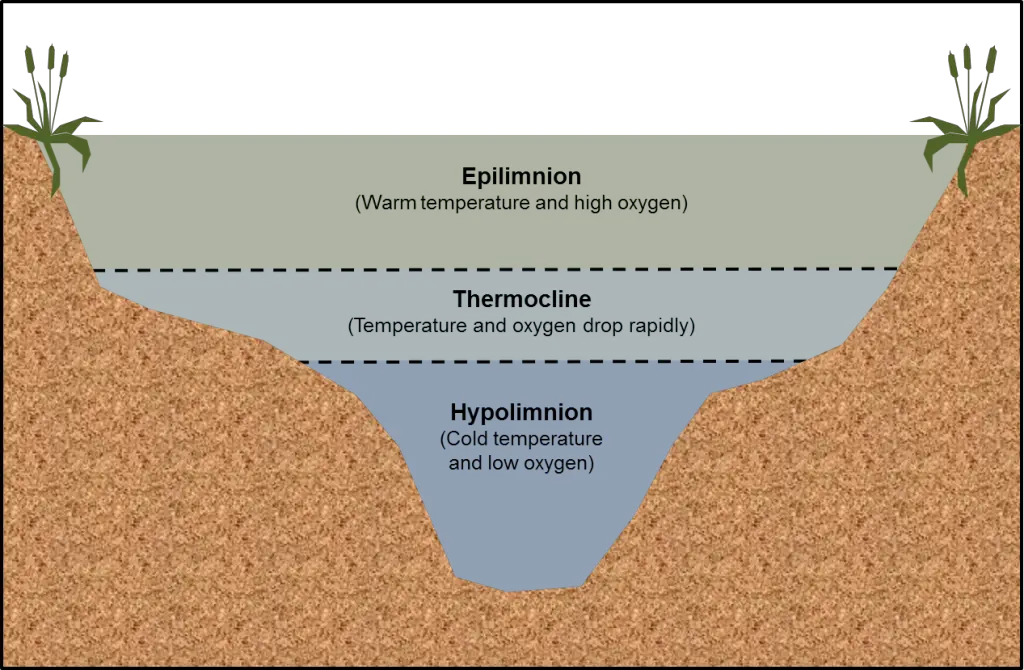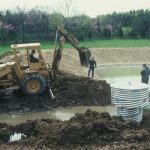Building a farm pond dam is a crucial project for farmers and landowners looking to create a sustainable water source for irrigation, livestock, and wildlife. Constructing a pond dam requires careful planning, proper construction techniques, and adherence to safety guidelines to ensure the durability and effectiveness of the dam. In this comprehensive guide, we will walk you through the step-by-step process of building a farm pond dam.
Step 1: Site Selection and Planning
Before starting the construction of a farm pond dam, it is essential to select a suitable site and develop a well-thought-out plan. Consider factors such as the natural topography, soil type, water source, and intended use of the pond. Ensure that the site is located in an area that can hold water effectively without excessive seepage.
Key Considerations:
- Topography and Natural Drainage Patterns
- Soil Type and Compaction
- Water Source and Supply
- Pond Size and Depth Requirements
- Permitting and Regulatory Requirements
Step 2: Design and Engineering
Once you have selected a site, it is crucial to develop a detailed design and engineering plan for the farm pond dam. Consider hiring a professional engineer or consulting with a pond construction expert to ensure that the dam meets all safety and regulatory standards. The design should include specifications for the dam structure, spillway, and outlet system.
Design Components:
- Dam Structure and Height
- Spillway Design and Capacity
- Outlet System for Water Control
- Erosion and Sediment Control Measures
- Safety Features and Emergency Preparedness

Credit: extension.okstate.edu
Step 3: Clearing and Excavation
Before starting the construction of the pond dam, clear the area of any vegetation, debris, or obstructions. Excavate the site to the required depth and shape according to the design plan. Ensure proper compaction of the soil to prevent seepage and ensure the stability of the dam structure.
Excavation Process:
- Clearing Vegetation and Debris
- Excavating to Design Specifications
- Compacting Soil Layers
- Testing Soil Compaction and Density
- Preparing Foundation and Toe of the Dam
Step 4: Construction of the Dam
Constructing the actual dam structure is a critical phase of building a farm pond dam. Use suitable materials such as compacted soil, clay, or engineered fill to build the dam according to the design specifications. Pay attention to the height, width, and slope of the dam to ensure stability and water retention capacity.
Dam Construction Techniques:
- Layered Soil Placement and Compaction
- Slope and Crest Width Maintenance
- Installation of Seepage Control Measures
- Quality Control and Inspection Procedures
- Safety Measures for Construction Crew

Credit: www.pinterest.com
Step 5: Installation of Spillway and Outlet Structure
Once the dam structure is in place, install the spillway and outlet structure to control water flow and prevent overtopping of the dam. The spillway should be designed to handle the maximum water flow expected during heavy rainfall events. The outlet structure allows for controlled release of water for irrigation or other purposes.
Spillway And Outlet Features:
- Spillway Design and Capacity Calculations
- Outlet Pipe Installation and Control Valves
- Emergency Spillway for Overflow Events
- Regulatory Compliance for Water Release
- Maintenance and Inspection Protocols
Step 6: Erosion Control and Vegetation Management
Preventing erosion and managing vegetation around the farm pond dam is essential for long-term stability and water quality. Implement erosion control measures such as riprap, grass seeding, and vegetation management to prevent soil erosion and sedimentation in the pond. Regular maintenance and inspections are crucial to ensure the effectiveness of erosion control efforts.
Erosion Control Practices:
- Riprap and Vegetative Buffer Installation
- Grass Seeding and Turf Establishment
- Vegetation Management and Weed Control
- Monitoring and Maintenance Schedule
- Repair and Restoration Techniques
Step 7: Monitoring and Maintenance
After completing the construction of the farm pond dam, it is vital to establish a monitoring and maintenance plan to ensure the long-term functionality and safety of the dam. Regular inspections, sediment removal, vegetation management, and repair work are necessary to prevent structural failures and maintain water quality in the pond.
Maintenance Activities:
- Regular Inspections and Monitoring
- Sediment Removal and Dredging
- Vegetation Control and Maintenance
- Repair of Damaged Areas and Erosion Control
- Emergency Response and Safety Protocols
By following these step-by-step guidelines for building a farm pond dam, you can create a sustainable water source for your agricultural operations while promoting biodiversity and ecological balance on your property. Remember to consult with experts, adhere to regulatory requirements, and prioritize safety throughout the construction and maintenance process.





